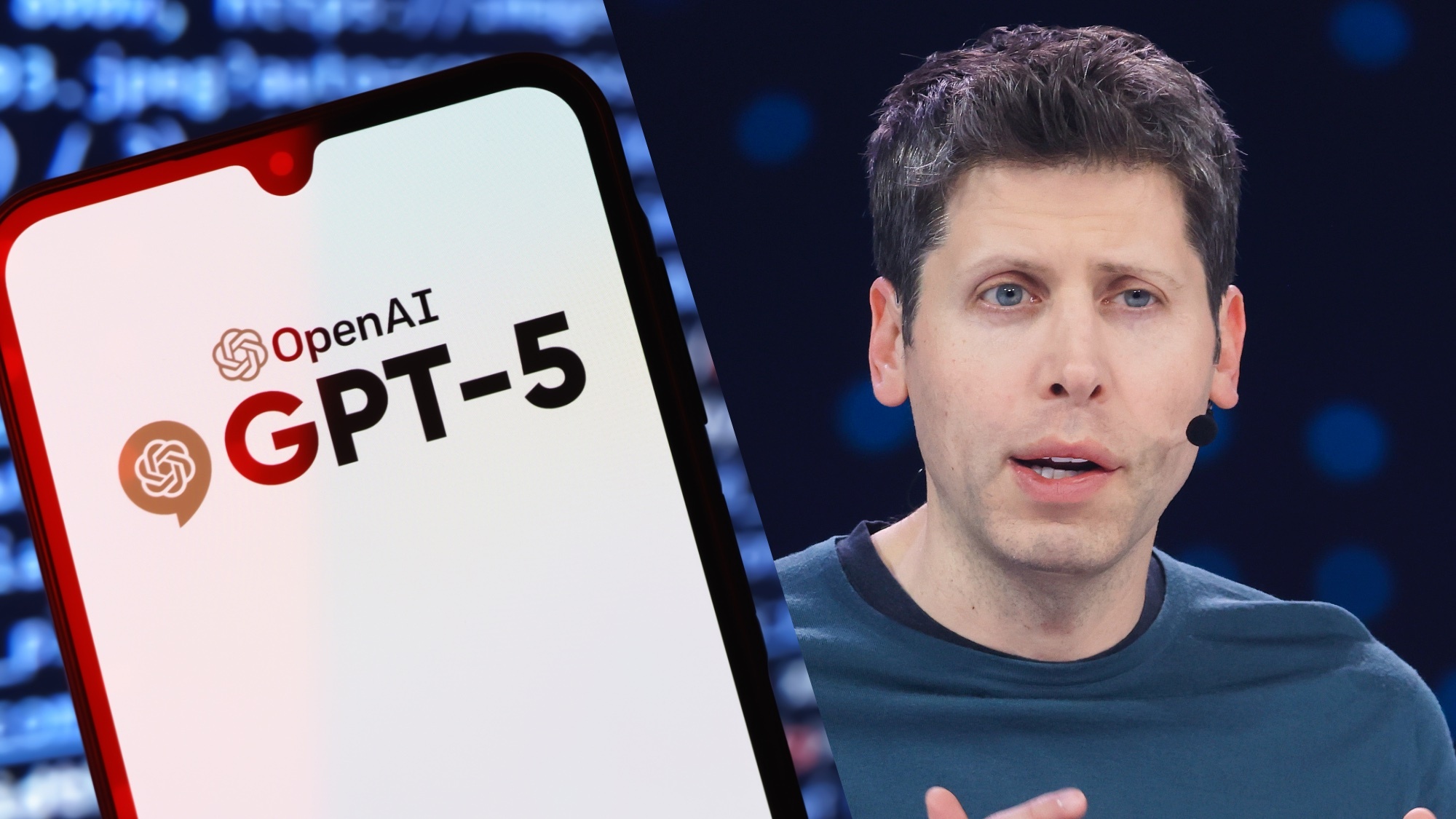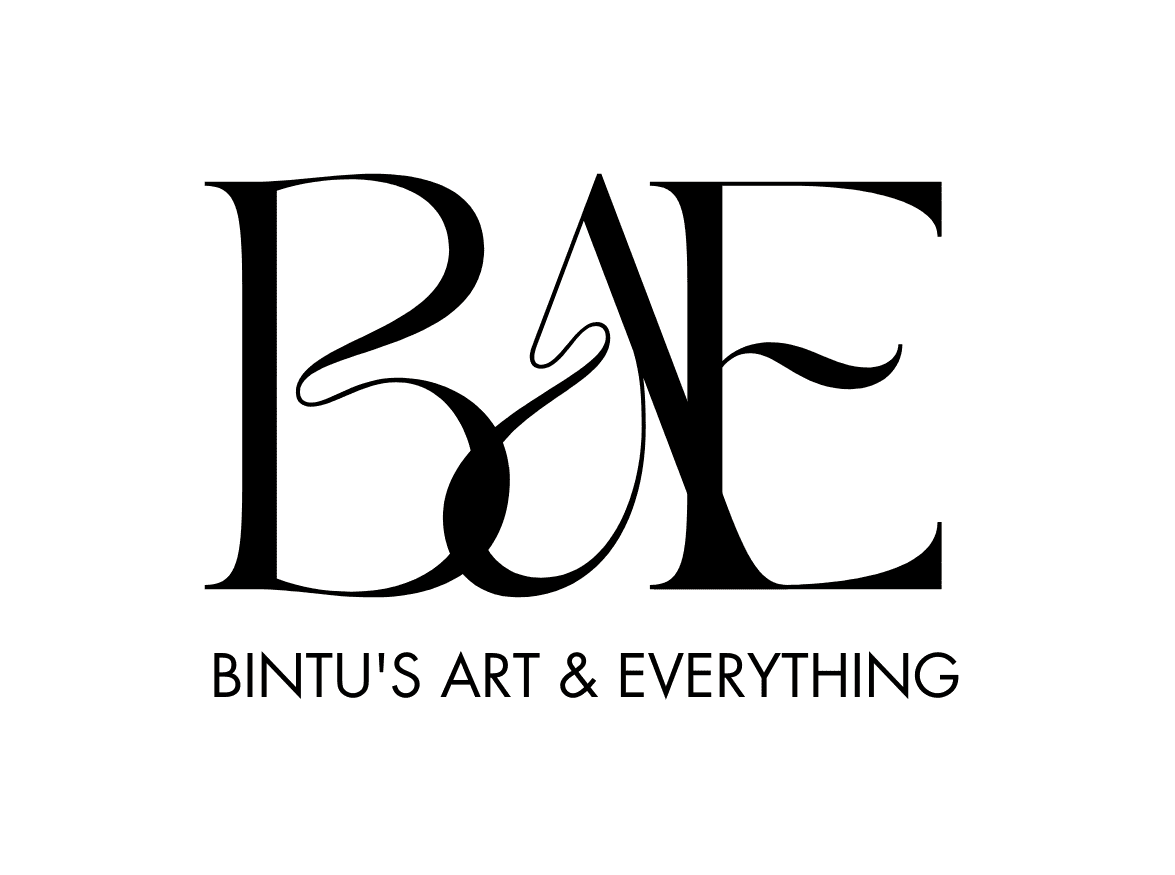
OpenAI has once again raised the bar for artificial intelligence. At its 2025 Dev Day event, the company introduced a new generation of tools that are designed to help developers build faster, smarter, and more creative AI applications. The big announcements include the release of GPT-5 Pro, the video generation model Sora 2, and a new developer toolkit called AgentKit.
These updates show that OpenAI wants to do more than just power chatbots. The company is turning its platform into a complete ecosystem where developers, businesses, and creators can build and grow their own AI-powered products.
GPT-5 Pro, The Next-Level Language Model
The highlight of the event was GPT-5 Pro. This new model is now available through the OpenAI API. It is faster, smarter, and more accurate than previous versions. Sam Altman, the CEO of OpenAI, explained that GPT-5 Pro is built for industries that need deep reasoning and precise results such as finance, healthcare, and legal sectors.
For example, a law firm can now use GPT-5 Pro to summarize long case documents with higher accuracy, or a medical researcher can use it to analyze large datasets and generate insights quickly. It is not just about talking like a human anymore. GPT-5 Pro can reason, plan, and handle complex information better than ever before.
This release shows that OpenAI is focusing more on real business applications. Instead of building tools only for fun or conversation, it now wants companies to use its models to solve serious real-world problems.
Sora 2, A Big Leap in AI Video Creation
Another major reveal was Sora 2, OpenAI’s new video and audio generation model. Sora 2 is now available in preview on the API, which means developers can use it directly in their own apps.
This model is the same one that powers OpenAI’s new Sora app, a TikTok-style platform where users can create short AI-generated videos. With Sora 2, you can create realistic videos from just a simple text prompt. You can even give it instructions like “make it look cinematic” or “add background sound,” and it will create both visuals and sound that match your request.
Sora 2 is much better than the previous version because it creates smoother, more realistic scenes. It can also synchronize sound effects with the visuals, which makes videos look and feel more natural. For creators and brands, this means they can now turn ideas into full visual concepts in seconds.
Imagine a toy designer at Mattel sketching a new doll and asking Sora 2 to create a short animation of it. Or a business owner creating a short video ad without hiring a production team. That is the kind of creative power Sora 2 brings.
AgentKit, Building AI Agents Made Simple
Perhaps the most exciting new tool for developers is AgentKit. This toolkit helps people build AI agents more easily.
An AI agent is a program that can perform tasks automatically, like booking a meeting, answering questions, or managing your calendar. In the past, building these kinds of systems required a lot of time and technical skill. With AgentKit, OpenAI has made it much simpler.
AgentKit includes a visual “Agent Builder” that lets developers design AI agents by dragging and dropping blocks. There is also an SDK for coding in languages like Python, Node, and Go. This means anyone can choose to build with visuals or with code depending on what they prefer.
Sam Altman said the idea behind AgentKit came from the challenges OpenAI itself faced while building early agents. The new tools now give developers everything OpenAI wished it had back then.
Apps SDK, Turning ChatGPT Into an App Platform
OpenAI also launched a new Apps SDK that lets developers create apps that run directly inside ChatGPT. This means you can use services like Spotify, Canva, and Zillow without ever leaving your chat window.
For example, you can create a Spotify playlist, design something in Canva, or search for a home on Zillow all within ChatGPT. It is a big shift from the old “GPT Store,” which did not work well in 2024. The new SDK gives developers better tools to build rich, interactive, and connected experiences.
This move also turns ChatGPT into more than just a chatbot. It becomes a full platform where people can access apps, tools, and services all in one place.
Focus on Safety and Enterprise Use
OpenAI is also paying more attention to enterprise needs. It introduced new governance and safety systems such as the Connector Registry and Guardrails. The Connector Registry helps businesses control how data moves across their systems, while Guardrails helps detect unsafe prompts and protect private information.
This focus on safety is important, especially as more companies start using AI in serious and sensitive ways.
The Bigger Picture
OpenAI’s announcements at Dev Day show a clear direction. The company wants to be the center of the AI world. It is no longer just offering models like GPT or DALL·E. It now provides everything developers need, from creating and testing to deploying AI applications.
Altman revealed that ChatGPT now has over 800 million weekly users and the API processes over six billion tokens per minute. That scale shows how big OpenAI has become and how important its ecosystem will be in shaping the next phase of technology.
GPT-5 Pro brings smarter reasoning, Sora 2 brings creative visuals and sound, and AgentKit makes it easy to build smart agents. Together, they mark the start of a new era in AI development where anyone, from small startups to big companies can build powerful tools faster and more affordably.
The future of AI development has truly arrived, and OpenAI is leading the way.
Also Read: Facebook Updates Its Algorithm, Giving Users More Control Over Reels and AI Recommendations
